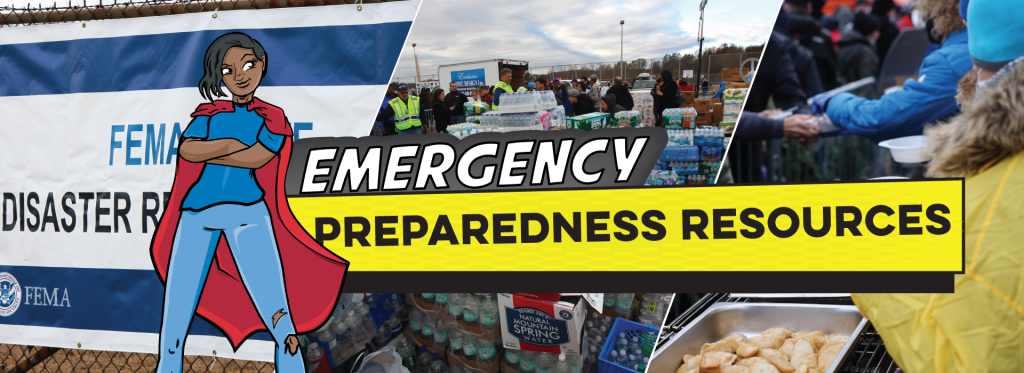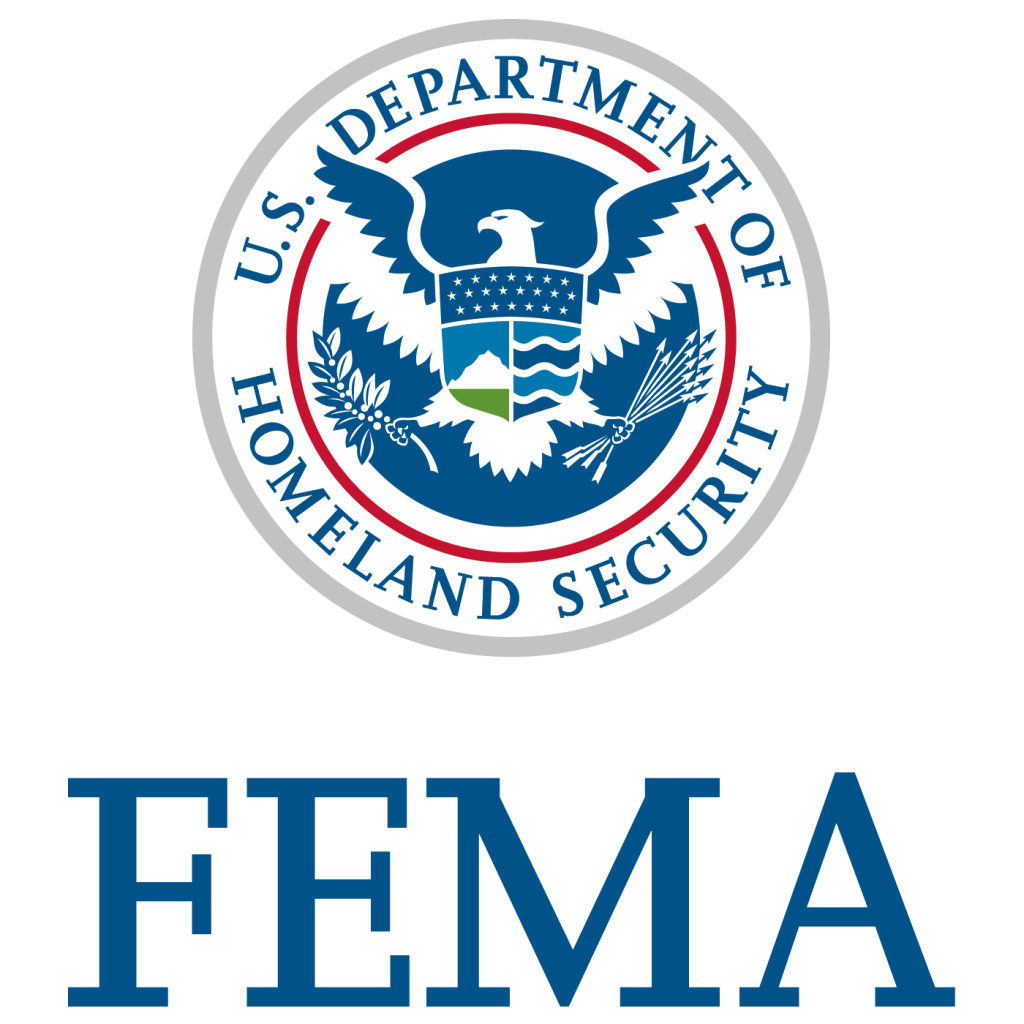 |
Federal Recovery Resources: The Federal Emergency Management Agency (FEMA)Disaster recovery resources may be available from the federal government when there is a large-scale emergency or disaster. Examples of large-scale emergencies include Hurricane Harvey and the winter storms of February 2021 and 2023 in Austin. Individual and Household Assistance FEMA’s Individuals and Households Program (IHP) provides financial assistance and direct services to eligible individuals and households affected by a disaster, who have uninsured or underinsured necessary expenses and serious needs. Learn more about FEMA Individual and Household Assistance. Business and Individual Assistance The U.S. Small Business Administration (SBA) provides low-interest disaster loans to help businesses and homeowners recover from declared disasters. Businesses of all sizes located in declared disaster areas, private nonprofit organizations, homeowners, and renters affected by declared disasters, including civil unrest and natural disasters such as hurricanes, flooding, and wildfires may qualify. Learn more about the types of disaster loans and how to apply. Public Assistance Public Assistance is not individual or business reimbursement. FEMA’s Public Assistance Program provides supplemental grants for debris removal, emergency protective measures, and the restoration of disaster-damaged infrastructure to state, tribal, territorial, and local governments, and certain types of private non-profits so communities can quickly respond to and recover from major disasters or emergencies declared by the President. A local government is expected to use its own resources before requesting assistance. Currently, the threshold for the State of Texas to qualify for Public Assistance is $56.5 million in uninsured, qualifying disaster damages, and the threshold for Travis County to qualify for Public Assistance is $6.2 million in damages reported. These thresholds are based on the annual consumer price index and the last official census population. Jurisdictions are reimbursed a percentage, or portion, of total eligible costs. Learn more about FEMA Public Assistance. |
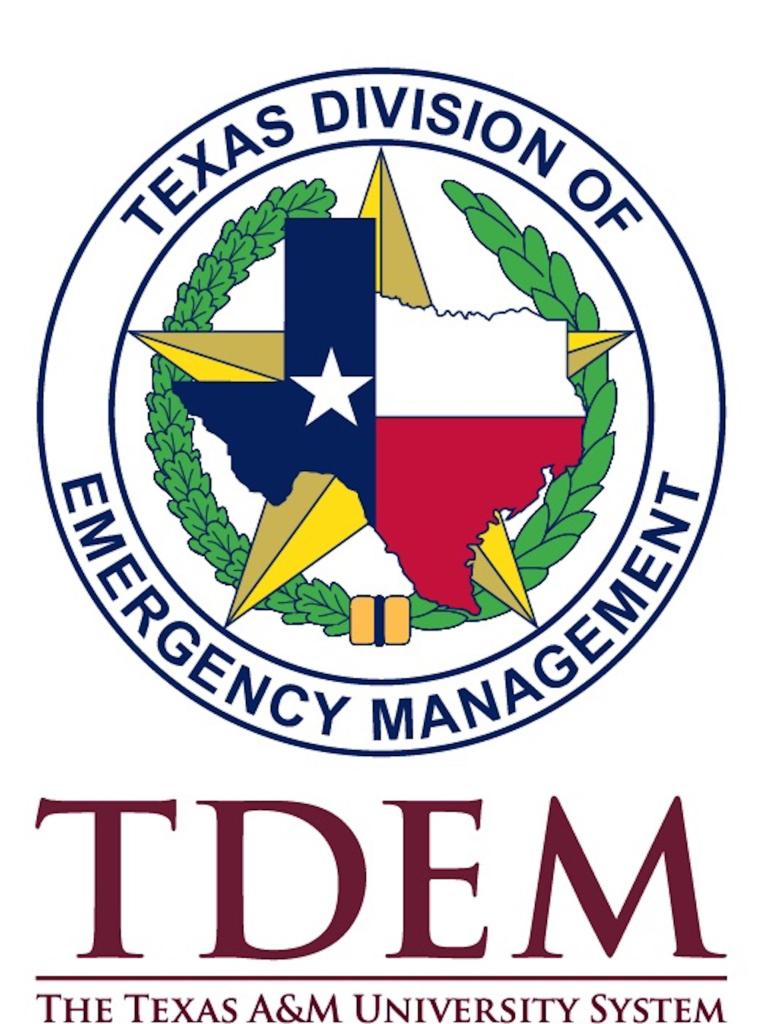 |
State Recovery Resources: Texas Division of Emergency Management (TDEM)The Texas Division of Emergency Management (TDEM) coordinates the state emergency management program, which is intended to ensure the state and its local governments respond to and recover from emergencies and disasters and implement plans and programs to help prevent or lessen the impact of emergencies and disasters. Once a Major Disaster Declaration is approved by the President, TDEM serves as the pass through agency to administer federal funding from FEMA’s Public Assistance Program. Individual State of Texas Assessment Tool (iSTAT)Texans can self-report damage to impacted residences or businesses using the Individual State of Texas Assessment Tool (iSTAT). iSTAT is a damage assessment tool used to gather information that assists officials in understanding the scope and size of an incident. Sharing pertinent details and photos of damages assists emergency management officials in quickly determining the severity of a disaster and whether federal assistance thresholds are met. Additionally, the iSTAT data is used to determine the need for a joint Preliminary Damage Assessment (PDA) with local, state, and federal partners to confirm the level of damages and to facilitate any potential funding that may be available depending on the disaster. The information provided by Texans in the iSTAT surveys aids emergency management officials in gaining an understanding of damages that have occurred and helps officials determine if the state meets federal requirements for various forms of disaster assistance, as well as identify any immediate needs for resources. After a disaster, residents or business owners should submit damages online using the self-reporting survey. |
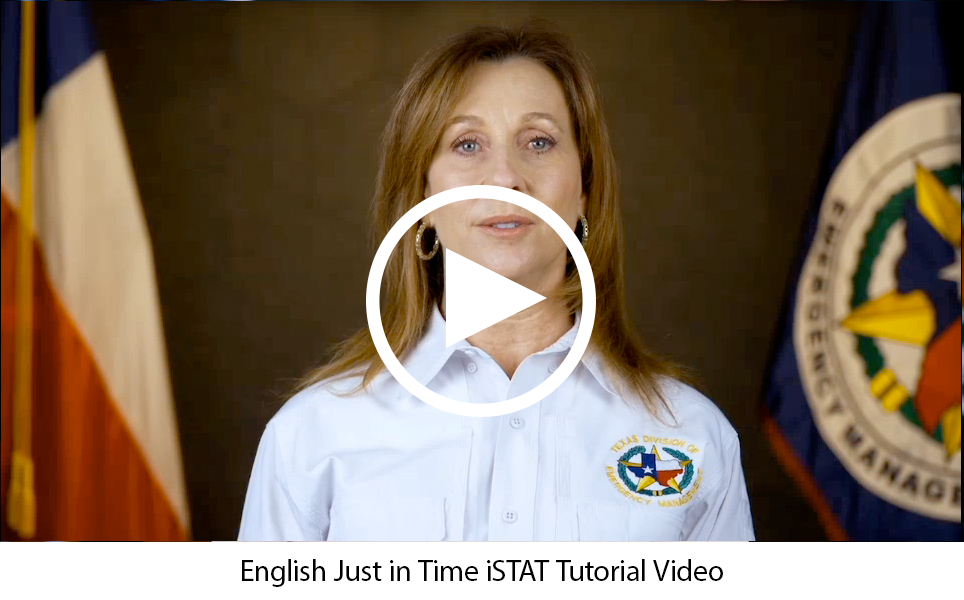 |
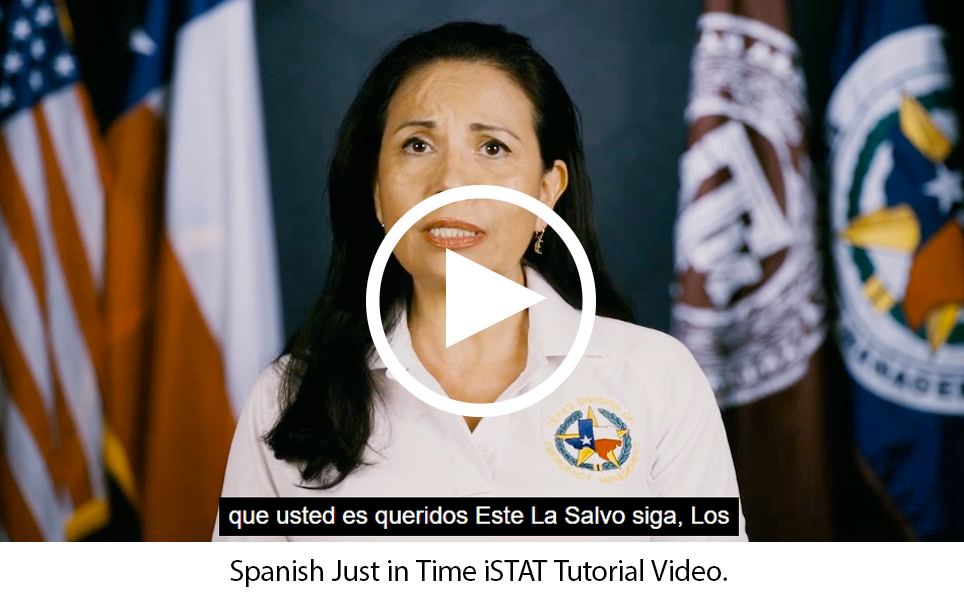 |
State of Texas Emergency Assistance Registry (STEAR)
The State of Texas Emergency Assistance Registry (STEAR) provides local emergency planners and emergency responders with additional information on the needs members of our community may have.
Registering in STEAR is voluntary and DOES NOT guarantee you will receive specific service during an emergency because available services may vary by community or the severity of the emergency. It is recommended to set a calendar reminder because individuals must re-apply for STEAR every year.
The Texas Division of Emergency Management has multiple ways to register for STEAR on its website. Please visit the site to determine which method is best to register yourself, a family member, or friend.
People who should register for STEAR are those who:
- have disabilities,
- are medically fragile,
- have access and functional needs such as:
- limited mobility,
- communication barriers,
- require additional medical assistance during an emergency event,
- require transportation assistance,
- require personal care assistance.
Registering for STEAR is free, voluntary, and does not guarantee assistance in an emergency. By registering in STEAR, residents are consenting to sharing information with first responders and other state agencies during a disaster. Registering with STEAR will help first responders better prepare to serve residents and the community in the event of an emergency.
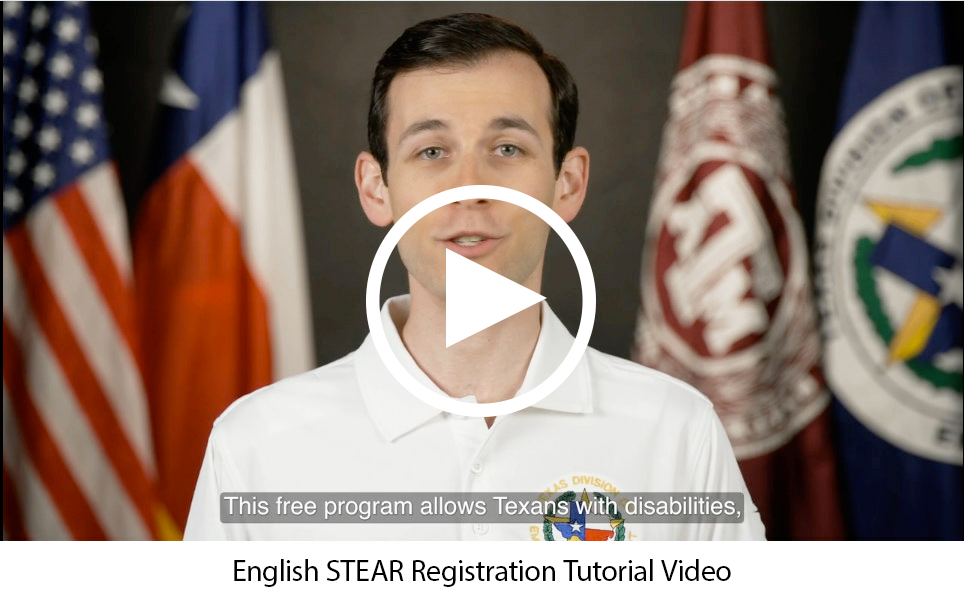 |
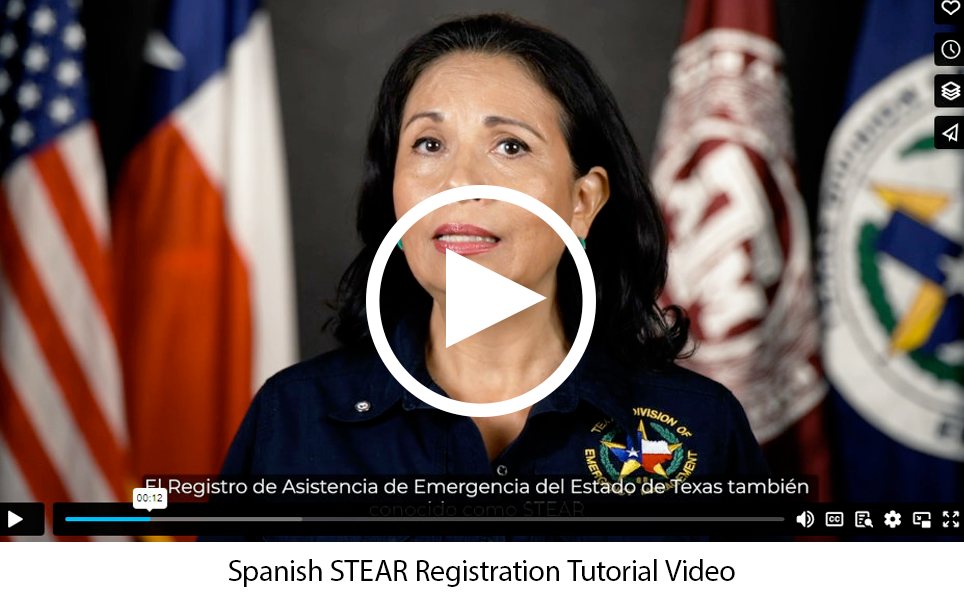 |
- Winter Weather Tips from Austin Water
-
Austin Water urges customers to take steps now to prepare for freezing temperatures. While Austinites often enjoy mild winters, Winter Storm Uri in 2021 and Winter Storm Mara in 2023 demonstrated that we must prepare for more severe and prolonged freezing weather. Learn more From Austin Water.
- Power Outage Safety Tips from Austin Energy
-
Power outages are the result of a variety of causes — anything from traffic accidents, wildlife interference, and severe weather. They can occur on the brightest of sunny days and during our sudden, and sometimes severe, Central Texas thunderstorms. Learn more about power outages.
- Flood Safety Resources
-
Austin is in the heart of Flash Flood Alley. Use the links on this page to help protect yourself, your family, and your property from floods.
- Resources for Minor Home Repairs
-
Austinites whose homes present health or safety hazards may need financial assistance. This program helps eligible homeowners make critical and necessary repairs. Minor Home Repair Grants are up to $5,000 per home.
- Local Small Business Preparedness Resources
-
By taking small steps to create a preparedness plan, Austin small businesses can be ready for an event that severely disrupts operations, such as extended power outages, pandemics, or natural disasters. Learn more about small business preparedness.


